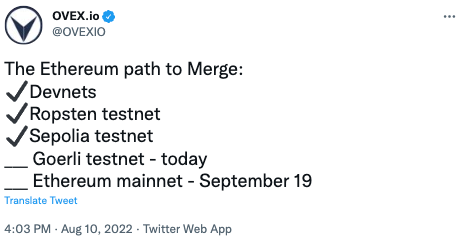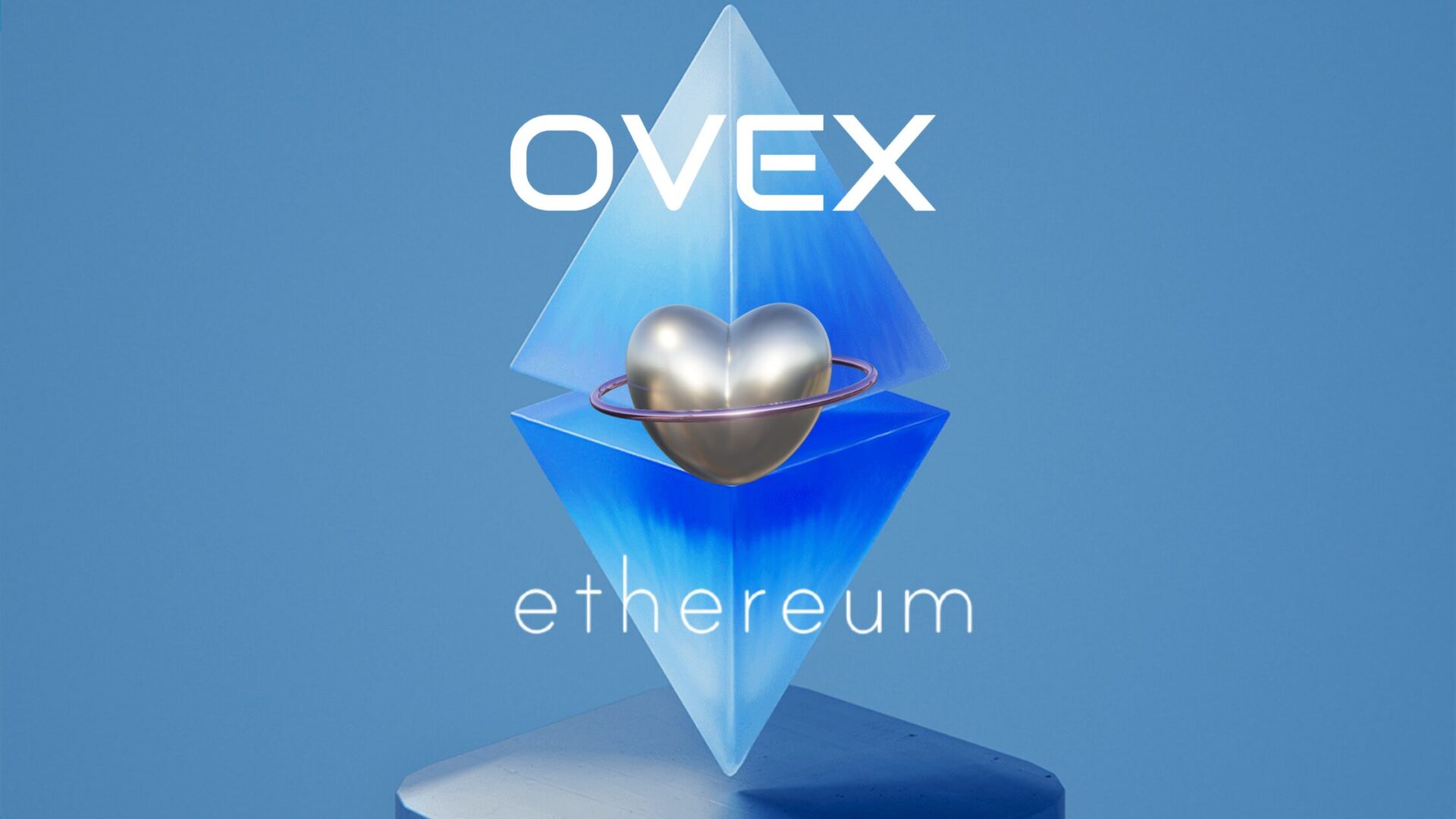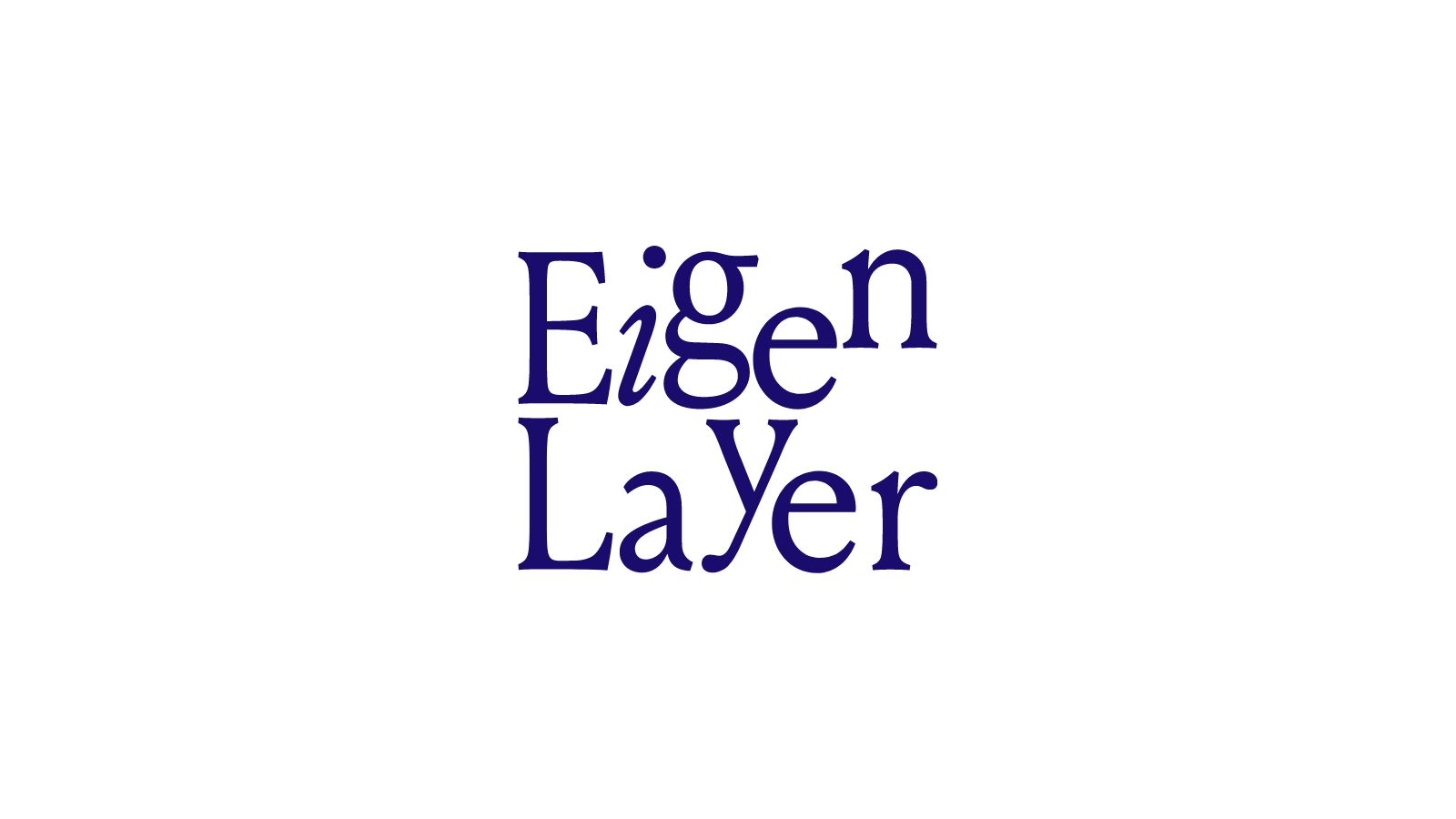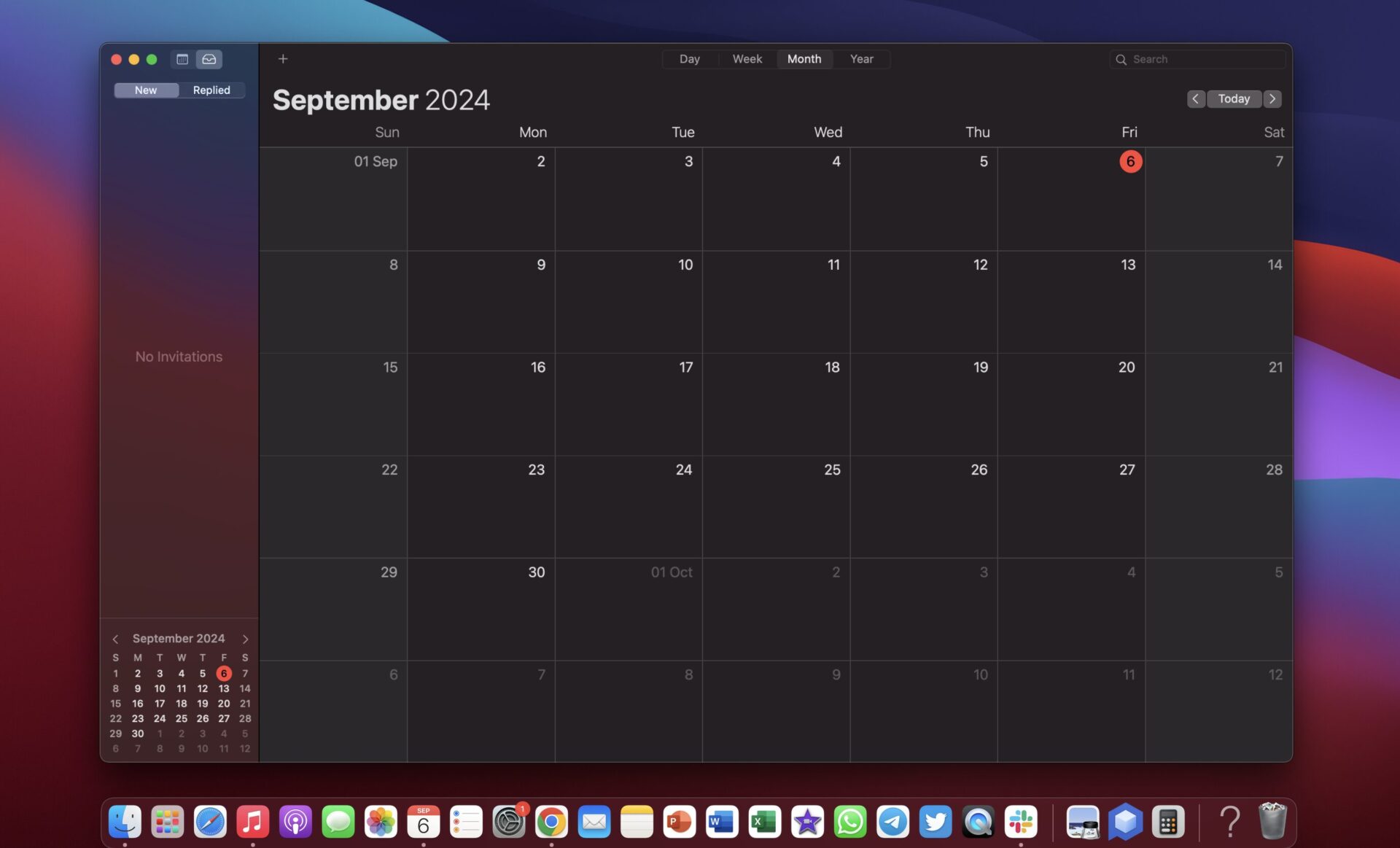Goerli public testnet was a resounding success. What is next? What is at stake? Read on to find out.
The much anticipated Ethereum Merge is around the corner. As the event edges closer — many await with bated breath. The outcome of Ethereum’s greatest upgrade to date remains obscure.
One surety is the impact of a successful Merge on Ether issuance. This is why many refer to this transition as Ethereum’s triple halving event.
The Merge will see annual ETH emission drop from 4.3% to 0.43%. Or 13,000 new ETH a day to only 1,300 ETH/day.
Put another way — that is a daily reduction in ETH sell pressure of 21 million dollars (at current prices).
This amounts to more than 600 million dollars worth of Ether removed from circulation every month. Increasing demand coupled with a falling supply can only mean one thing. But only time will tell whether the transition is a resounding success.
Ethereum has successfully cleared 3 testnet upgrades in preparation for The Merge. These all merged testnetsto Ethereum’s proof-of-stake chain.
Testnets are similar to their mainnet counterparts, and let developers check for bugs or security holes — thereby preventing such shortcomings from impacting the main blockchain once the actual Merge is enabled.
Goerli was the last of the three public testnets to run through a ‘dress rehearsal’ of the Merge. After this, the mainnet Merge is expected to occur sometime at the end of September.

Okay but what is The Merge all about really? The Merge refers to a protocol change that will combine the current, proof-of-work Ethereum mainnet with the proof-of-stake Beacon chain. The Merge is the final step to completing Ethereum’s long-awaited shift to proof-of-stake.
Developers expect this upgrade — also referred to as Ethereum 2.0 — to make the current network (which has been prone to congestion and prohibitively expensive transaction fees) faster and more scalable.
The change also puts an end to Ethereum’s energy intensive proof-of-work mining. Instead network participants are required to stake, or pledge, existing ETH to the network in order to create new ETH (these coins are issued as staking rewards).
In doing so, the transition is expected to have a deflationary impact on the cryptocurrency by significantly reducing the rate at which new ETH is created and distributed.
But not everyone is happy with the upgrade. Some die-hard miners are facing the obsolescence of billions of dollars worth of mining hardware and risk going out of business.
Analysts predict that up to $5 billion worth of Ethereum GPU and ASIC-based mining hardware may be rendered obsolete post Merge. These stakeholders are threatening to maintain the original, proof-of-work (PoW) version of Ethereum in an attempt to protect their investments. This is known as a hard fork.
Ethereum has already survived one contentious hard fork in its short history. On July 20, 2016, Ethereum Classic was created out of protest after the Ethereum Foundation forked Ethereum. A measure taken to erase the theft of the 3.64 million Ether stolen from The Ethereum DAO. An amount equating to roughly 5% of Ethereum’s circulating supply at the time.
Users protesting the subsequent fork that neutralised the theft decided to maintain the original and unaltered Ethereum blockchain, creating Ethereum Classic in the process. The Ethereum Classic network has no plans of upgrading to proof-of-stake. As a result, ETC (the network’s native token) has rallied 174% since July. This in anticipation of Ethereum’s displaced PoW hash rate being diverted to Ethereum Classic (instead of a new PoW Ethereum).
Prominent ETH PoW Chinese miners (notably Chandler Guo) have proposed their own hard fork following the Merge. This would divide the network into ETHPoW and ETHPoS.
Many believe this to be a non-event as those who support PoW mining would just support the already forked Ethereum Classic (a thriving ecosystem in its own right).
Interestingly so: USD stablecoin issuers Tether and Circle play a big role in whether this transition happens smoothly and as intended. Tether (USDT) is currently the largest stablecoin in crypto, with a total market cap of $66.6 billion, while USDC is relatively close behind at $54.1 billion.
Both stablecoins have a significant amount of their circulating supply on Ethereum’s current proof-of-work blockchain, with USDT at $32.3 billion and USDC taking the top spot at $45.1 billion.
This is why, recently, Ethereum co-founder Vitalik Buterin warned of the dangerous power commandeered by these behemoth stablecoin issuers. Future Ethereum hard forks could be controlled by entities like Tether or Circle whom will choose to use the forked chain of their own preference rather than what the Ethereum community proposed in the first place. This time round — both played nice — and decided to support Ethereum’s most pivotal upgrade.
The Merge date has been scheduled for TTD 58750000000000000000000. This is approximately Sept 15–16th 2022.













